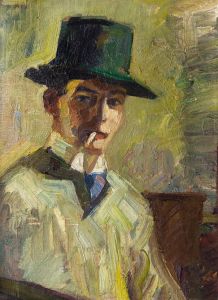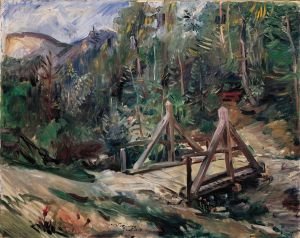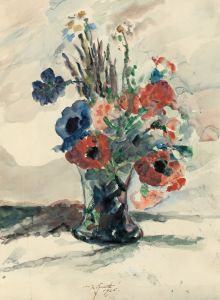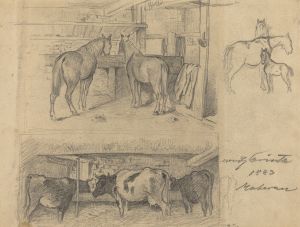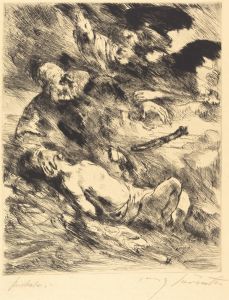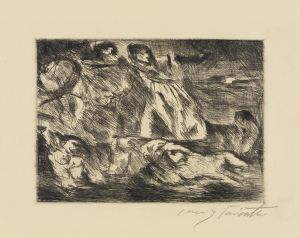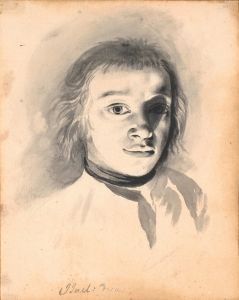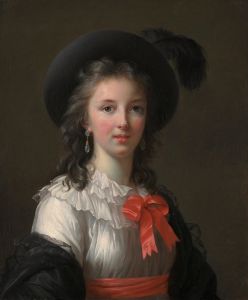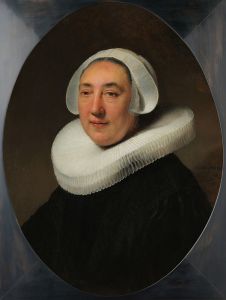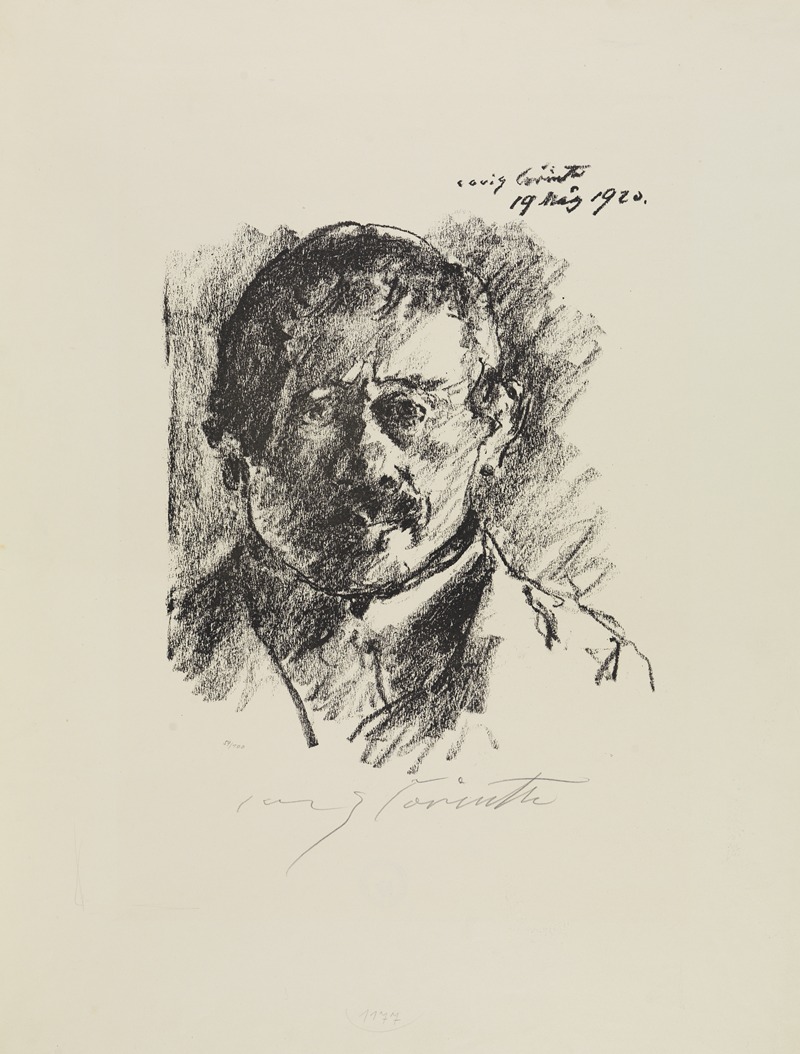
Selbstbildnis
A hand-painted replica of Lovis Corinth’s masterpiece Selbstbildnis, meticulously crafted by professional artists to capture the true essence of the original. Each piece is created with museum-quality canvas and rare mineral pigments, carefully painted by experienced artists with delicate brushstrokes and rich, layered colors to perfectly recreate the texture of the original artwork. Unlike machine-printed reproductions, this hand-painted version brings the painting to life, infused with the artist’s emotions and skill in every stroke. Whether for personal collection or home decoration, it instantly elevates the artistic atmosphere of any space.
Lovis Corinth, a prominent German painter and printmaker, created several self-portraits throughout his career, with "Selbstbildnis" being one of his notable works. Corinth was a leading figure in the transition from Impressionism to Expressionism in German art, and his self-portraits provide a fascinating insight into his evolving style and personal life.
Born on July 21, 1858, in Tapiau, East Prussia (now Gvardeysk, Russia), Corinth studied art in Königsberg, Munich, and Paris. He was influenced by the Impressionists during his time in Paris, but his style evolved significantly over the years. Corinth's work is characterized by vigorous brushwork, vibrant colors, and a focus on the human figure, often exploring themes of mortality and the human condition.
"Selbstbildnis" (Self-Portrait) by Lovis Corinth is one of his many self-examinations through art. Corinth's self-portraits are known for their introspective quality and often reflect his psychological state and artistic development. These works are not just mere representations of his physical appearance but are imbued with emotional depth and complexity.
In his self-portraits, Corinth often depicted himself with an intense gaze, capturing the viewer's attention and inviting them to delve deeper into his psyche. His brushwork in these portraits is typically bold and expressive, reflecting the influence of both Impressionism and the burgeoning Expressionist movement. The use of color in Corinth's self-portraits is also noteworthy, as he employed a rich palette to convey mood and emotion.
Corinth's life was marked by significant events that influenced his art. In 1900, he moved to Berlin, where he became a central figure in the Berlin Secession, an art movement that sought to challenge the conservative art establishment in Germany. His career was thriving, but in 1911, Corinth suffered a stroke that left him partially paralyzed. This event had a profound impact on his work, leading to a more expressive and sometimes darker style.
Despite his physical limitations, Corinth continued to paint and produce self-portraits, which became more introspective and poignant. These later works often reveal a vulnerability and a confrontation with his own mortality. The stroke seemed to intensify his exploration of the human condition, and his self-portraits from this period are considered some of his most powerful works.
Corinth's self-portraits are significant not only for their artistic merit but also for their contribution to the understanding of self-representation in art. They offer a window into the artist's soul, capturing the complexities of his character and the challenges he faced throughout his life.
Lovis Corinth passed away on July 17, 1925, in Zandvoort, Netherlands. His legacy endures through his extensive body of work, which continues to be celebrated for its emotional intensity and technical skill. Corinth's self-portraits, including "Selbstbildnis," remain an essential part of his oeuvre, providing insight into the mind of one of Germany's most influential artists.





